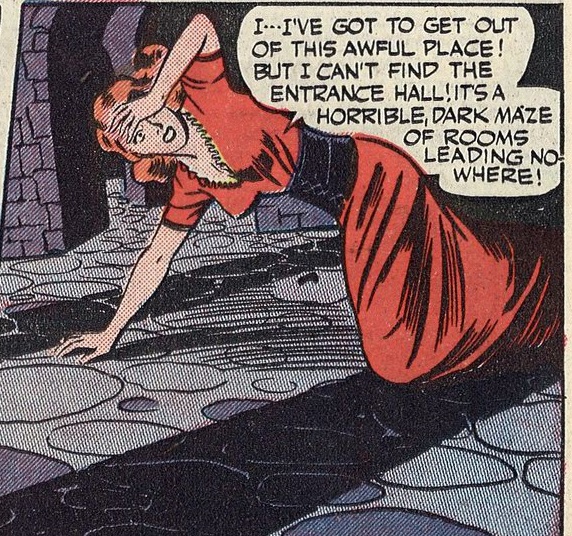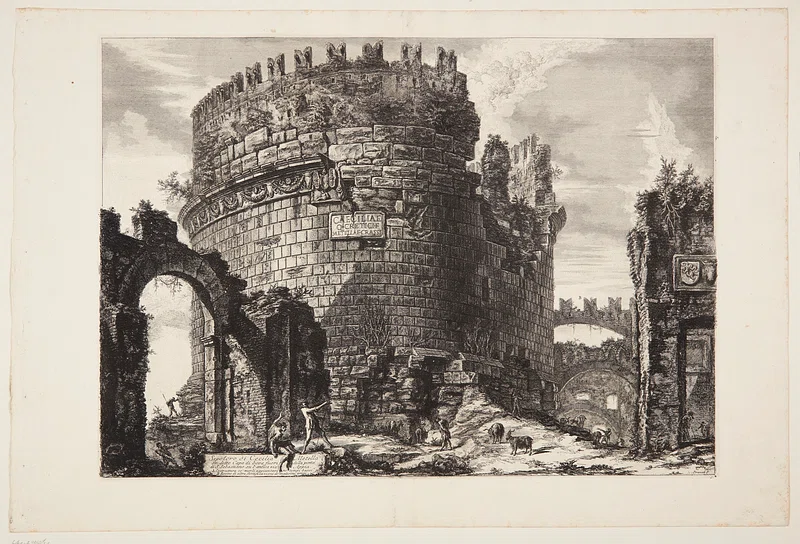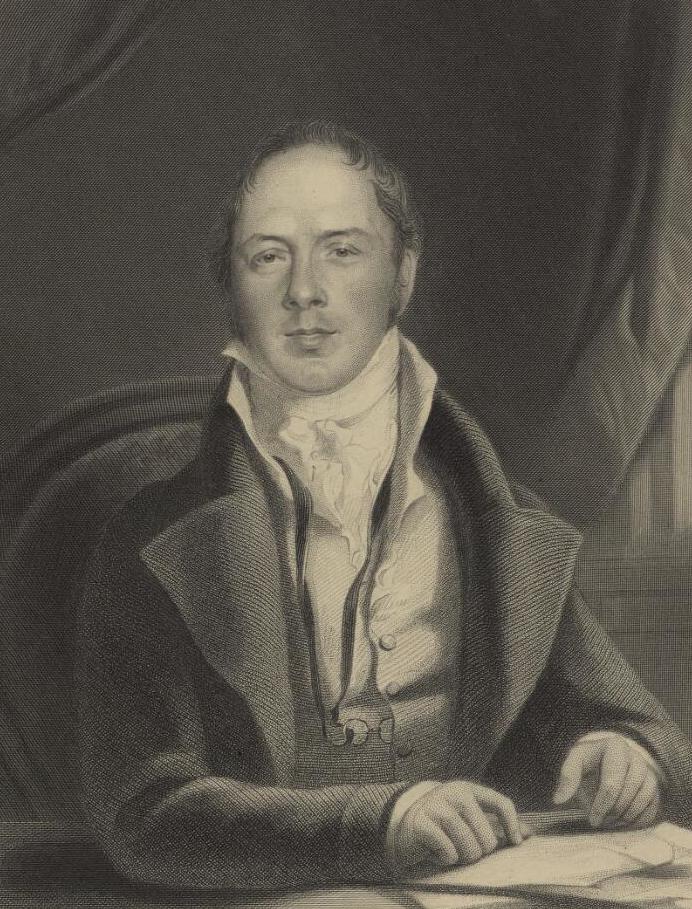In his biography of William Godwin, William St. Clair suggests the following passage from St. Leon is Godwin writing about the birth of Mary Shelley. So much to unpack!
“At length the critical period arrives, when an event so extraordinary occurs, as cannot fail to put the human frame in considerable jeopardy. Never shall I forget the interview between us immediately subsequent to her first parturition, the effusion of soul with which we met each other after all danger seemed to have subsided, the kindness which animated us, increased as it was by ideas of peril and suffering, the sacred sensation with which the mother presented her infant to her husband, or the complacency with which we read in each other’s eyes a common sentiment of melting tenderness and inviolable attachment!
“This, she seemed to say, is the joint result of our common affection. It partakes equally of both, and is the shrine in which our sympathies and our life have been poured together, never to be separated. Let other lovers testify their engagements by presents and tokens; we record and stamp our attachment in this precious creature, a creature of that species which is more admirable than any thing else the world has to boast, a creature susceptible of pleasure and pain, of affection and love, of sentiment and fancy, of wisdom and virtue. This creature will daily stand in need of an aid we shall delight to afford; will require our meditations and exertions to forward its improvement, and confirm its merits and its worth. We shall each blend our exertions, for that purpose, and our union, confirmed by this common object of our labour and affection, will every day become more sacred and indissoluble.—All this the present weakness of my beloved Marguerite would not allow her to say. But all this occurred to my reflections; and, when we had time tranquilly to compare our recollection of the event, it plainly appeared that in all this our hearts and conceptions had most truly sympathised.
“The possessing a third object, a common centre of anxiety to both, is far from weakening the regard of such a couple for each other. It does not separate or divert them; it is a new link of connection. Each is attached to it the more for the sake of either; each regards it as a sort of branch or scion, representing the parent; each rejoices in its health, its good humour, its smiles, its increase in size, in strength, and in faculties, principally from the idea of the gratification they will communicate to the other. Were it not for this idea, were it possible the pleasure should not be mutual, the sentiment would be stripped of its principal elevation and refinement; it would be comparatively cold, selfish, solitary, and inane.
The first paragraph is very sweet. The “melting tenderness” as they gaze upon their first born.
But then, the use of “creature” and “it” to refer to the newly born infant is unsettling to modern ears. Is this a testimony to Godwin’s emotional inhibitions? Or is it simply a different norm, language from a different era and different place?
If this is indeed Godwin reflecting upon Mary Shelley’s birth, and knowing that Mary Wollenstonecraft will be dead within a week (and that this passage truly reflects sincere feelings about the birth of his first child), then the third paragraph takes a dark and haunting turn. The joy of the baby is in the sharing; the sharing of creation, the sharing of responsibility, the sharing of love. Without this shared sentiment then a single parent is confronted with a world that is “cold, selfish, solitary, and inane,” a phrase that seems to aptly capture Godwin’s parenting style.
Mary Shelley writes about the birth of Frankenstein’s creature.
“It was on a dreary night of November that I beheld the accomplishment of my toils. With an anxiety that almost amounted to agony, I collected the instruments of life around me, that I might infuse a spark of being into the lifeless thing that lay at my feet. It was already one in the morning; the rain pattered dismally against the panes, and my candle was nearly burnt out, when, by the glimmer of the half-extinguished light, I saw the dull yellow eye of the creature open; it breathed hard, and a convulsive motion agitated its limbs.
“How can I describe my emotions at this catastrophe, or how delineate the wretch whom with such infinite pains and care I had endeavoured to form? His limbs were in proportion, and I had selected his features as beautiful. Beautiful! Great God! His yellow skin scarcely covered the work of muscles and arteries beneath; his hair was of a lustrous black, and flowing; his teeth of a pearly whiteness; but these luxuriances only formed a more horrid contrast with his watery eyes, that seemed almost of the same colour as the dun-white sockets in which they were set, his shrivelled complexion and straight black lips.
“The different accidents of life are not so changeable as the feelings of human nature. I had worked hard for nearly two years, for the sole purpose of infusing life into an inanimate body. For this I had deprived myself of rest and health. I had desired it with an ardour that far exceeded moderation; but now that I had finished, the beauty of the dream vanished, and breathless horror and disgust filled my heart. Unable to endure the aspect of the being I had created, I rushed out of the room and continued a long time traversing my bed-chamber, unable to compose my mind to sleep.”
“The beauty of the dream vanished.” Echoes of St. Leon. The dream of a child as a source of joy evaporates for both Godwin’s St. Leon and Shelley’s Frankenstein. Frankenstein removes himself from his child, instead of feeling connected to the new life, he feels “breathless horror and disgust.”
I haven’t taken a deep dive yet into the critical studies of Frankenstein, so I don’t know what others have written about the creature as an analog for Mary Shelley. My reading, however, suggests that Mary is often writing about herself when she is writing about the creature. Not necessarily autobiographically, but that she uses her experience to inform the experience of the creature. In many ways she is writing about the experience of women when she is writing about the experience of the creature. Perhaps in another world Frankenstein was subtitled: A Vindication of the Rights of Monsters.




